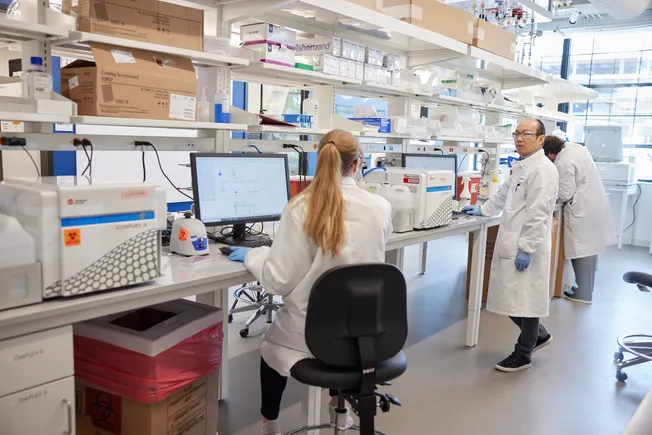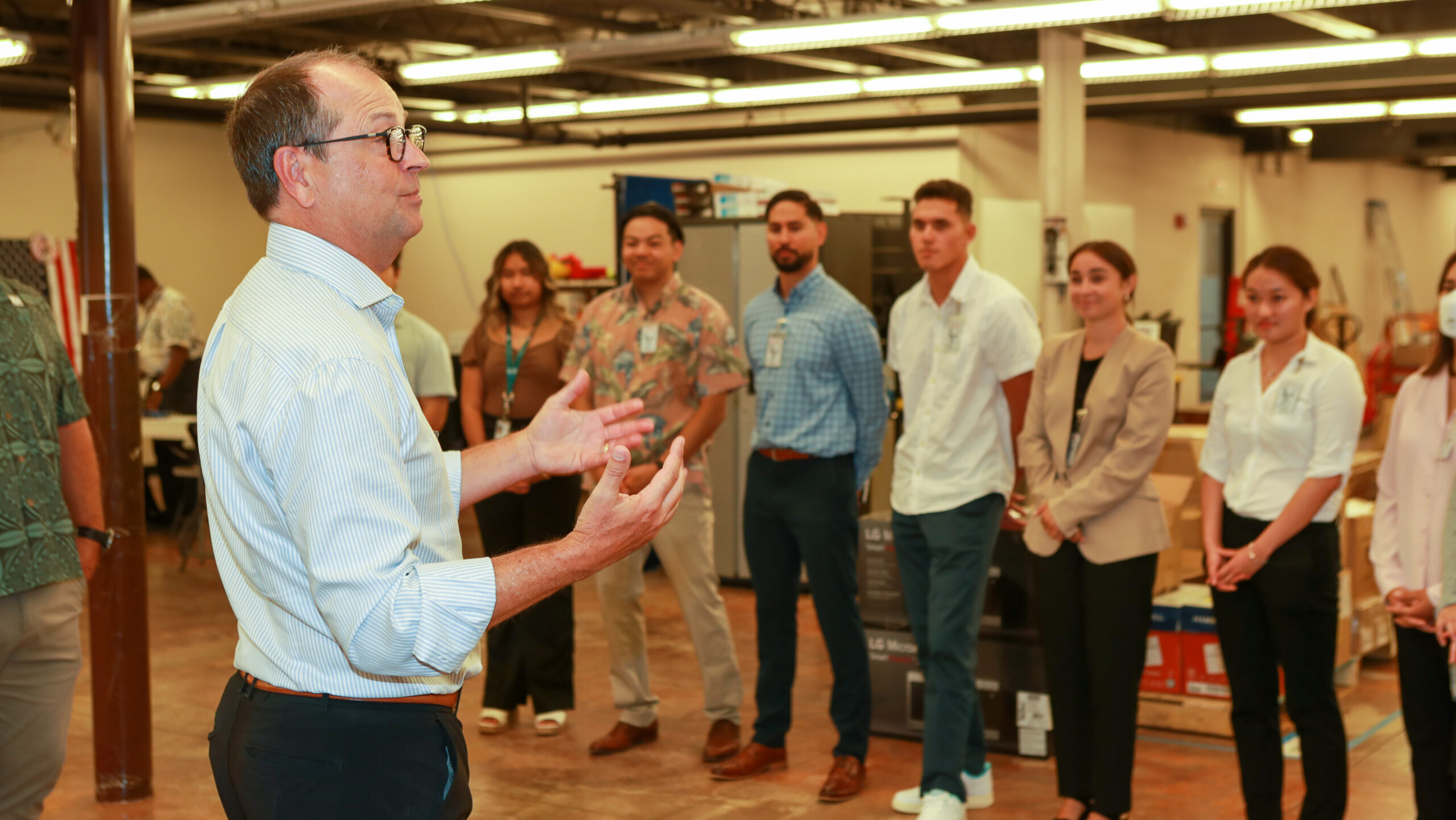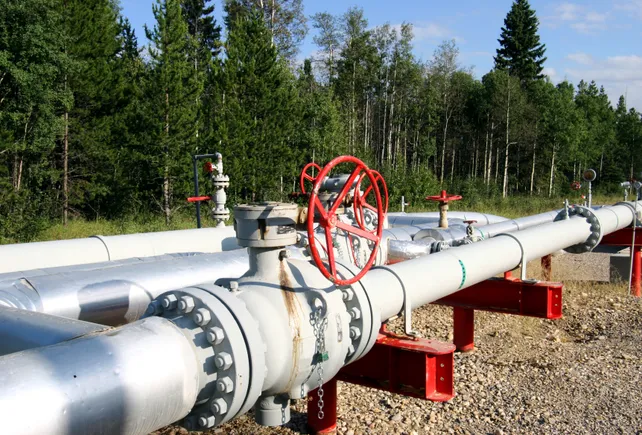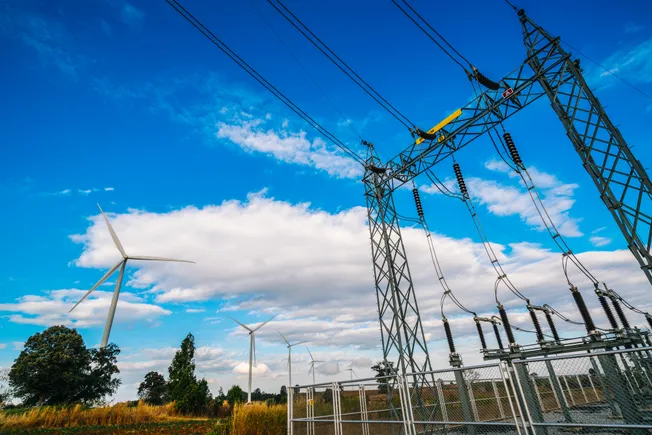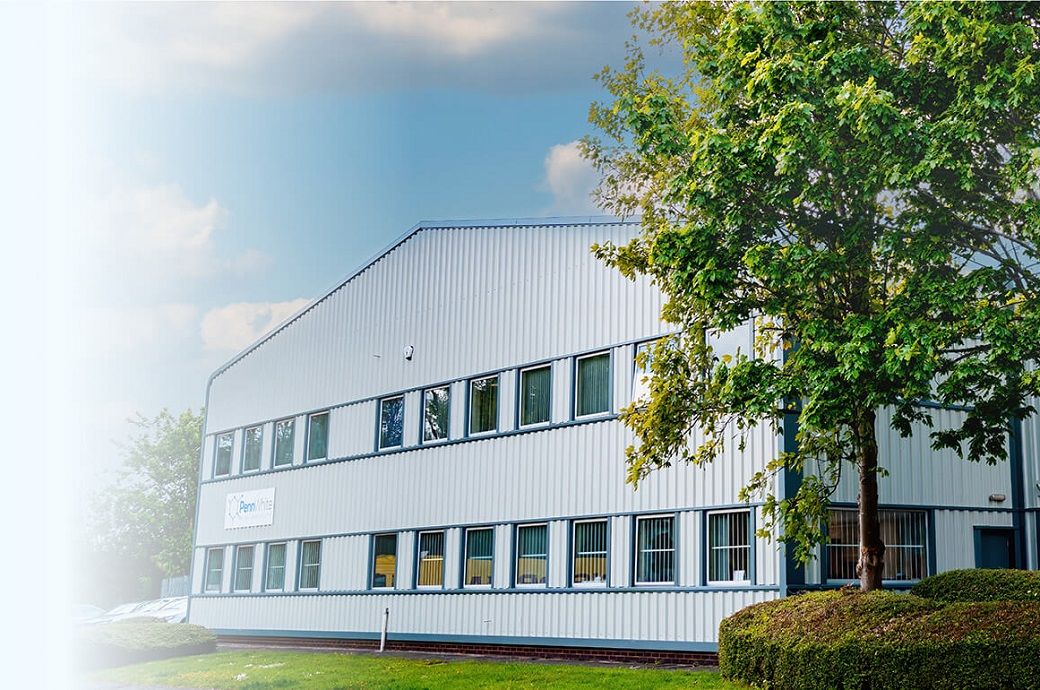Ultrasmall High‐Entropy‐Alloy Nanozyme Catalyzed In Vivo ROS and NO Scavenging for Anti‐Inflammatory Therapy
Advanced Healthcare Materials, Volume 14, Issue 8, March 25, 2025.

In this study, the synthesis of ultra-small HEA nanozymes with precisely tunable morphology and multifaceted catalytic activities for efficient ROS scavenging is presented. The HEA nanozymes demonstrated a 5.2-fold increase in peroxidase (kcat/KM) activity, alongside catalytic functionalities including a superoxide dismutase-catalase cascade reaction, •OH, and NO scavenging, resulting in superior in vitro and in vivo anti-inflammatory efficacy.
Abstract
High-entropy alloy (HEA) nanoparticles possess finely tunable and multifunctional catalytic activity due to their extremely diverse adsorption sites. Their unique properties enable HEA nanoparticles to mimic the complex interactions of the redox homeostasis system, which is composed of cascade and multiple enzymatic reactions. The application of HEAs in mimicking complex enzymatic systems remains relatively unexplored, despite the importance of regulating biological redox reactions. Here, it is reported that ultra-small (<10 nm in a diameter) HEA nanozymes consisting of five platinum-group metals with tunable morphologies from planar to dendritic structures are synthesized. The synthesized HEA nanozymes exhibited higher peroxidase-like activity compared to monometallic platinum-group nanoparticles. Additionally, HEA nanoparticles effectively mimicked RONS-regulation metabolism in cascade reactions involving superoxide dismutase and catalase, as well as in multiple reactions including HORAC and NO scavenging. As a result, the HEA nanozyme exhibited superior anti-inflammatory efficacy both in vitro and in vivo. The findings underscore the effectiveness of the high-entropy alloy structure in restoring in vivo enzymatic systems through intrinsic activity enhancements and cascade reaction mechanisms.







































































